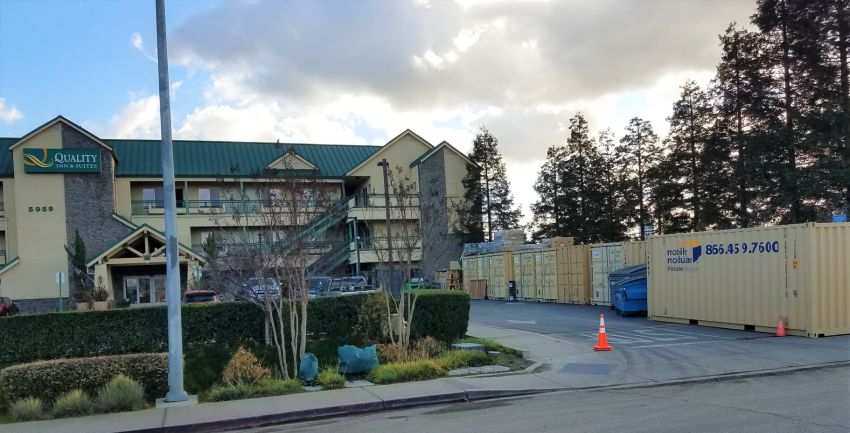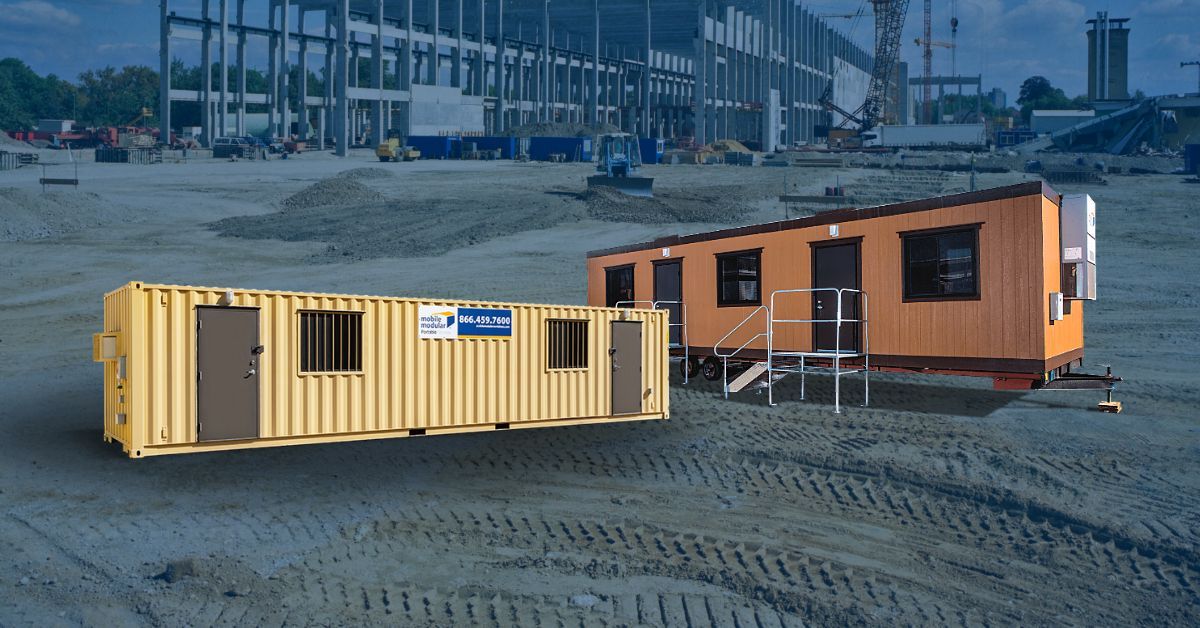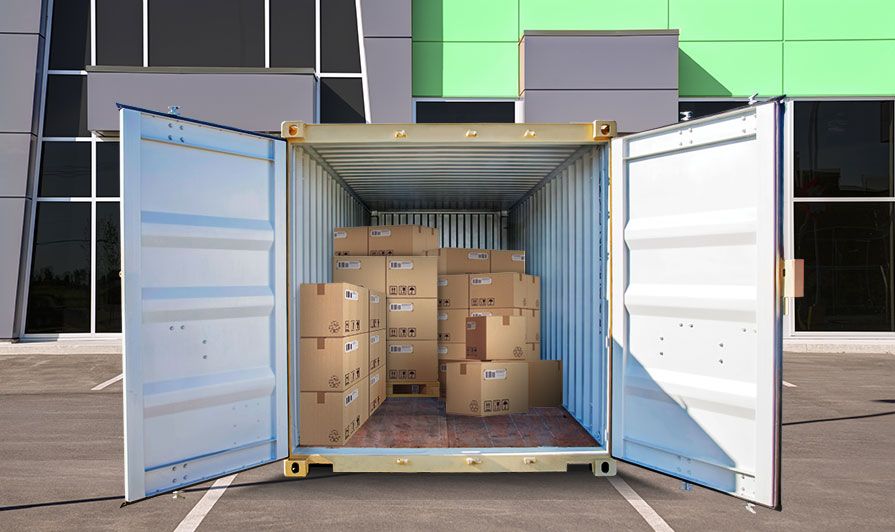- Rent, Lease, or Purchase
- |
March 14, 2019
What Ails The Hotel Construction Industry? Insights For 2019

2018 marked one of the strongest years for hotel operators and constructors in recent times. However, mixed and somewhat dull forecasts for 2019 has highlighted a range of issues the industry has been facing.
An all-time rising revPAR (Revenue Per Available Room) for nearly eight years in a row (on the contrary to its commonly accepted cycle of seven years) poses an unusual scenario. According to various surveys including Engineering News Record Survey of 2018 (second quarter), the Cushman & Wakefield report and industry experts like Lodging Econometrics predicts that some parts of the construction industry, including the hotel construction industry, could experience a decelerated growth in 2019.
Key Issues the Hotel Construction Industry Faces
Experts in development and acquisitions have noted that construction prices are not just rising; they are skyrocketing. There is a range of factors contributing to the high costs in addition to posing more challenges in the hotel construction industry.
- Lack of land availability - Since finding land for building a hotel can be difficult, lenders are reluctant to offer construction loans which have already impacted the industry with a shrinking number of hotels under construction since the end of 2017.
- Shortage of skilled workers - During the recession in 2008, many workers left the industry for good. Lack of enthusiasm from the next generation to fill in the void has further led to the acute skilled labor shortage in the construction industry overall. Major natural disasters like Hurricane Harvey and the devastating fires in California significantly boosted the demands for new homes and in turn, a massive increase in demand for subcontractors and materials.
- Tariffs on construction materials - U.S. tariffs on aluminum and steel imports contribute to the overall increase in the cost of construction.
- Capital cost crunch - This is especially true for independent contractors, compared to renowned brands and developers. In a tricky financing situation, some developers end up accepting less than prime-lending rates to get deals, resulting in higher capital costs. This can make it difficult to justify a project on a pro forma basis when it is also combined with the increasing costs of labor and materials.
- Short-term changes in local economy - Hotel developers who increase the inventory for specific events often struggle to keep up the occupancy and face declines in revPAR. Minneapolis hotel developers faced a similar situation after the Super Bowl where the 3.5 percent increase in the inventory of hotel rooms resulted in a 3.6 percent drop in revPAR following the event.
The Silver Lining for the Hotel Industry
Amidst these issues, constructors and hoteliers can adopt strategies by thinking outside the box to survive and sustain the competition by effectively managing the cost factor.
- Focus on renovations - Instead of taking on ground-up construction, switch your focus to renovations that require less time and manpower in comparison.
- Consider adaptive reuse - Adaptive reuse involves the transformation of older buildings or sites such as parking lots, car factories, theaters, warehouses, shopping malls, banks and other older structures into modern hospitality destinations. This method is a creative alternative when you know it’s time to cut costs, while taking up a project that could make your business stand out.
- Strategically use portable containers - Another viable and emerging option is to strategically use portable storage containers. Apart from offsetting costs, you get the following benefits –
- They can be acquired for specific, seasonal needs and are ideal for creating additional storage space. Container rental plans can be easily discontinued when you no longer need them.
- Containers serve multiple purposes – they can be used for safe storage of construction equipment. For example, if you choose to focus on renovations rather than take on ground-up construction, storage containers can be great for storing materials. You can also use containers as an office space or break rooms for your crew, or as a combination of a storage room and office.
- Portable storage containers are available in various sizes – 20 feet, 24 feet, and 40 feet being common lengths. You can easily choose the container you need based on your project requirements.
In 2019, if you are looking at more than one way to reduce hotel construction costs or have additional questions, we can help. With our own fleet of trucks and trailers, Mobile Modular Portable Storage offers hassle-free container delivery, typically within one business day. Contact one of our representatives today or request a quote.
Related Blogs



Subscribe to Our Blog
Enter your email address to subscribe to the blog and receive the notification of new posts by email.
Thank You for Subscribing to Our Blog!
Stay tuned for upcoming emails with valuable content that we hope will enhance your experience with our brand.
Both Pardot and mg360 form submissions failed.
